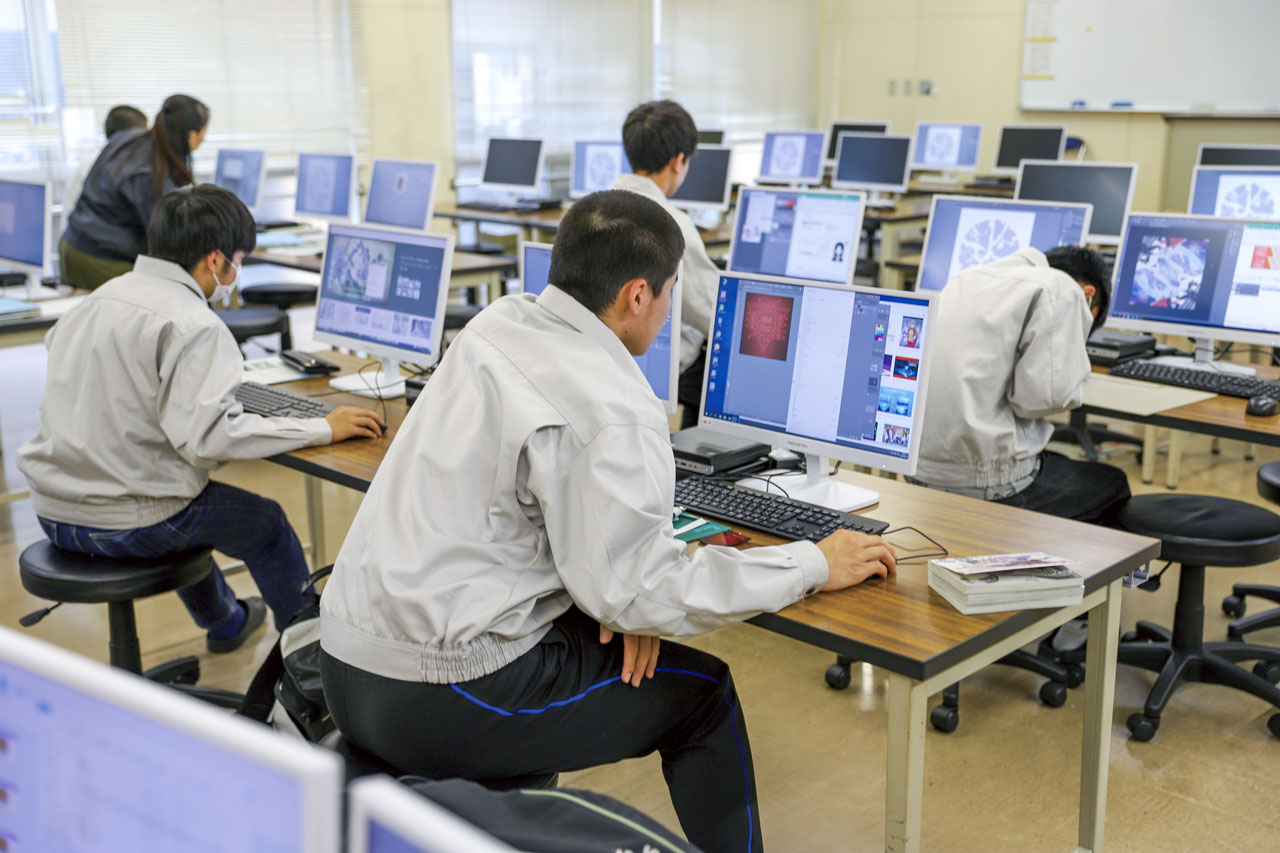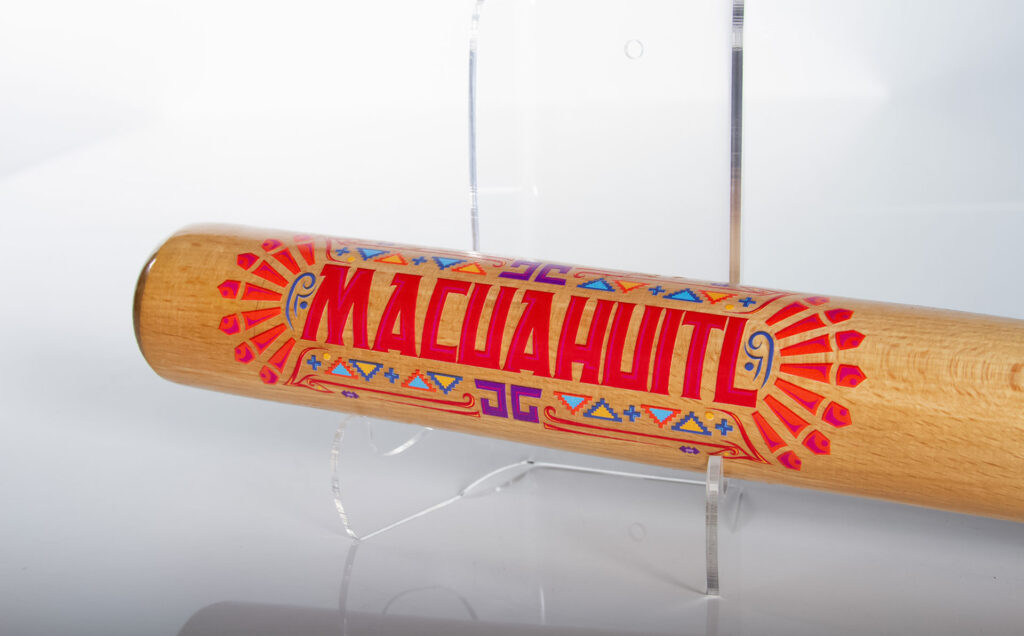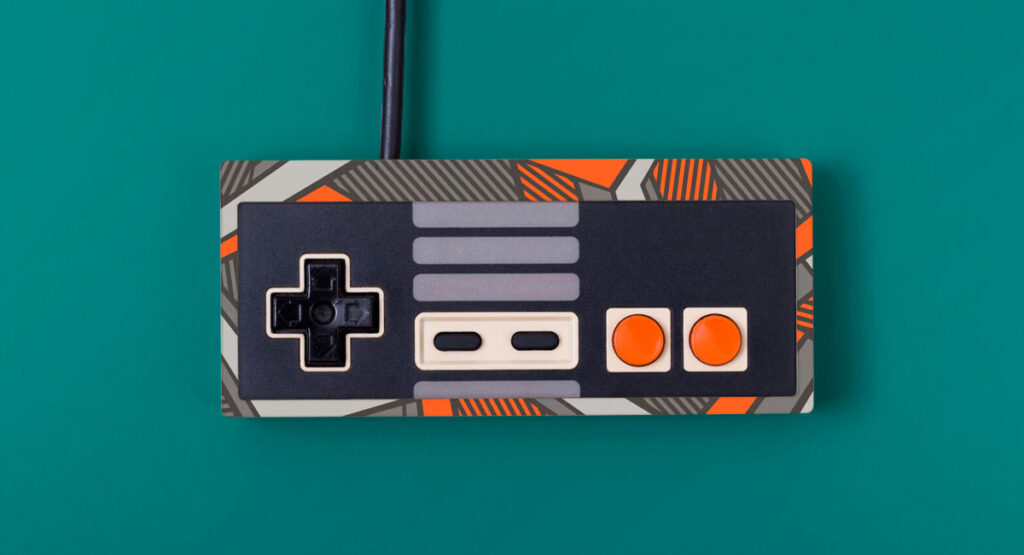
Mika Orimo
Have you heard of the term “STEAM education?” STEAM stands for Science, Technology, Engineering, Arts, and Mathematics, representing an educational philosophy that combines these fields. With rapidly evolving AI and IoT technologies and diversifying social conditions, there is a growing need for human resources who can respond to these changes. Great attention is being paid to STEAM education, which is ideal for advancing technology and acquiring the skills to discover and solve problems from multiple perspectives.
In STEAM classes, students not only learn about IT and science technology, but also develop skills in independence, creativity, communication, making presentations, and problem-solving by making things, researching questions, and discussing solutions as a team.

This STEAM education utilizes digital devices such as 3D printers, UV printers, and laser cutters that are easy to use for full-scale manufacturing.
To use a full-scale milling machine, it is essential to acquire special skills. However, even in technical high schools, it is difficult to acquire enough specialized skills to make what you want to make in the classroom. Using digital devices allows students to spend more time on the process of designing their own ideas and making improvements through trial and error while considering practical aspects such as ease of use and movement.
Another important feature of digital devices is their safety and ease of use. While the use of power tools such as lathes and milling machines can be dangerous and require the presence of a teacher familiar with their use, many digital devices can be left to the students to a certain extent. This also helps to foster student independence.
Many technical high schools and universities have already introduced digital crafting devices and are playing an active role in this field. Hiroshima Institute of Technology Senior High School established the "K-STEAM Type CL Course" in 2022 and is working on STEAM education using digital devices such as laser cutters and the LEF2 UV printer. They are focusing on fostering students who can make new things and create new values in an environment that allows for free manufacturing.

Kawasaki Senior High School of Science and Technology participates in a robot competition with students using the MDX-540S 3D milling machine to create customized robot parts. The students create CAD data and make parts on their own, and the classes encourage students' independence and creativity with the easy operation and high safety of digital crafting devices.

Okaya Technical High School uses MDX-40A 3D cutting machines, the LEF UV printer, laser cutters, and 3D printers in their information technology practical training to teach making things using digital data. In a class on product development using local characters, the school also contributes to town revitalization through practical education, such as producing character novelties with a UV printer.

Since digital devices are already used in many companies' manufacturing facilities, it is a great advantage for students to be able to experience equipment used in real manufacturing. Many important things can be learned not only through classroom learning but also through experiencing and operating the machines. The high quality of the work produced by digital devices motivates students and accelerates their desire to learn. Moreover, the products can be distributed and sold at school events or developed into community-based products. The collaboration of educational institutions with local society and companies to learn about manufacturing will be a great benefit for the industry.
New technologies and products may be born from the free ideas of these students. STEAM education has just begun. Digital devices may change the educational scene in the future.
世界のデジタル化ニュース
さらに表示-

This is how UV inkjet printing has evolved so far with examples of custom sporting goods
-

Customizing Bicycles as a Hobby has Become a Popular Business! What is the Story?
-

Fishing Lure Development — A Hot New Focus of Attention for 3D Technology?!
-

Customization is Now the Norm as Gaming Tools Become Tools for Self-expression.




